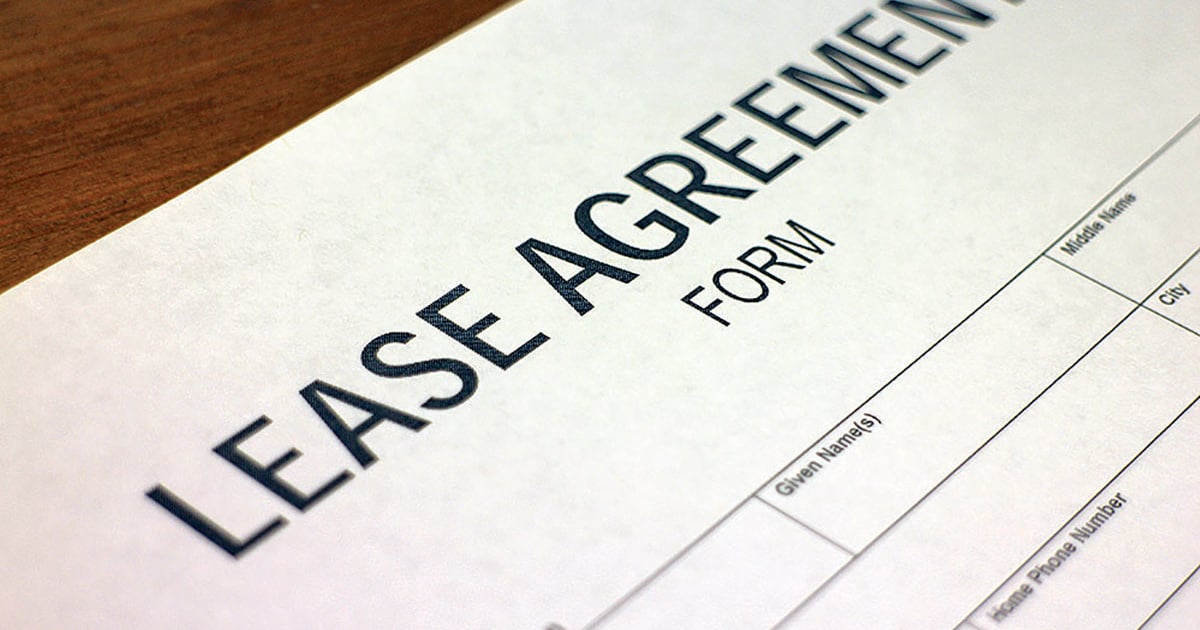
Credit unions snapped up auto loan market share in 2022, but Credit Union Leasing of America, or CULA, encountered record levels of interest in leasing from the segment last year as well.
The company connects credit unions and dealers interested in leasing inventory using the residual values it calculates. It facilitated $2.7 billion in leases in 2022, a record that broke the previous high of $2 billion in 2021. Credit unions used it for 64,000 leases in 2022, up from 50,000 in 2021. The company said it grew its dealership count by 42 percent, added seven more credit unions and expanded to nine more states last year.
“Leasing has proved to be a powerful short-term, low-risk, strong-yield option that not only gives credit union members more payment flexibility but also, as vehicle prices skyrocket, provides dealers new opportunities to be more competitive by offering their customers a more affordable way to buy cars while increasing loyalty and CSI,” President Ken Sopp said in a statement. “Our record 2022 numbers reflect the increasing number of credit unions and auto dealers who, in today’s volatile auto finance environment, are offering consumers the benefits of credit union vehicle leasing.”
The company’s record performance came the same year leasing had fallen to the lowest share of the market in at least a decade. Leasing stood at 19 percent of new-vehicle retail sales in 2022, down from 30 percent in 2019, according to Cox Automotive.
Leasing fell because of reduced incentives from manufacturers, said Mark Chandler, CULA business development vice president. “For us, it became an opportunity,” he told Automotive News in January.
Vehicle affordability was an issue; leasing represented a means for customers to obtain lower monthly payments on a vehicle without resorting to a loan with a prolonged term, Chandler said.
When captive finance companies and some national banks ceased to compete as aggressively on leasing, the company had its chance.
“And it dropped so rapidly, that’s when we started moving up because we became the better solution in a lot of our markets,” Chandler said.
The company was “starting to gain traction” with used-vehicle leasing, he said. Dealerships have discussed the idea in the past, but “the adoption’s not really there because it’s not easy.”
Used vehicles represented 11 percent of the lease market during the fourth quarter of 2022, the same as in the fourth quarter of 2021, according to Experian.
The variety of makes, models, trims and mileages in the used-vehicle market complicate the leasing process, Chandler said. But the company has developed a means of analyzing dealership inventory nightly and determining which vehicles would qualify for a lease and under what residual value and payments, he said.
“In the current market of high interest rates and low availability, CULA has allowed us to maintain a competitive advantage against our competitors with program options for both new and used car leasing,” Cody Carter, Internet sales manager at Tustin Toyota in California, said in a statement.